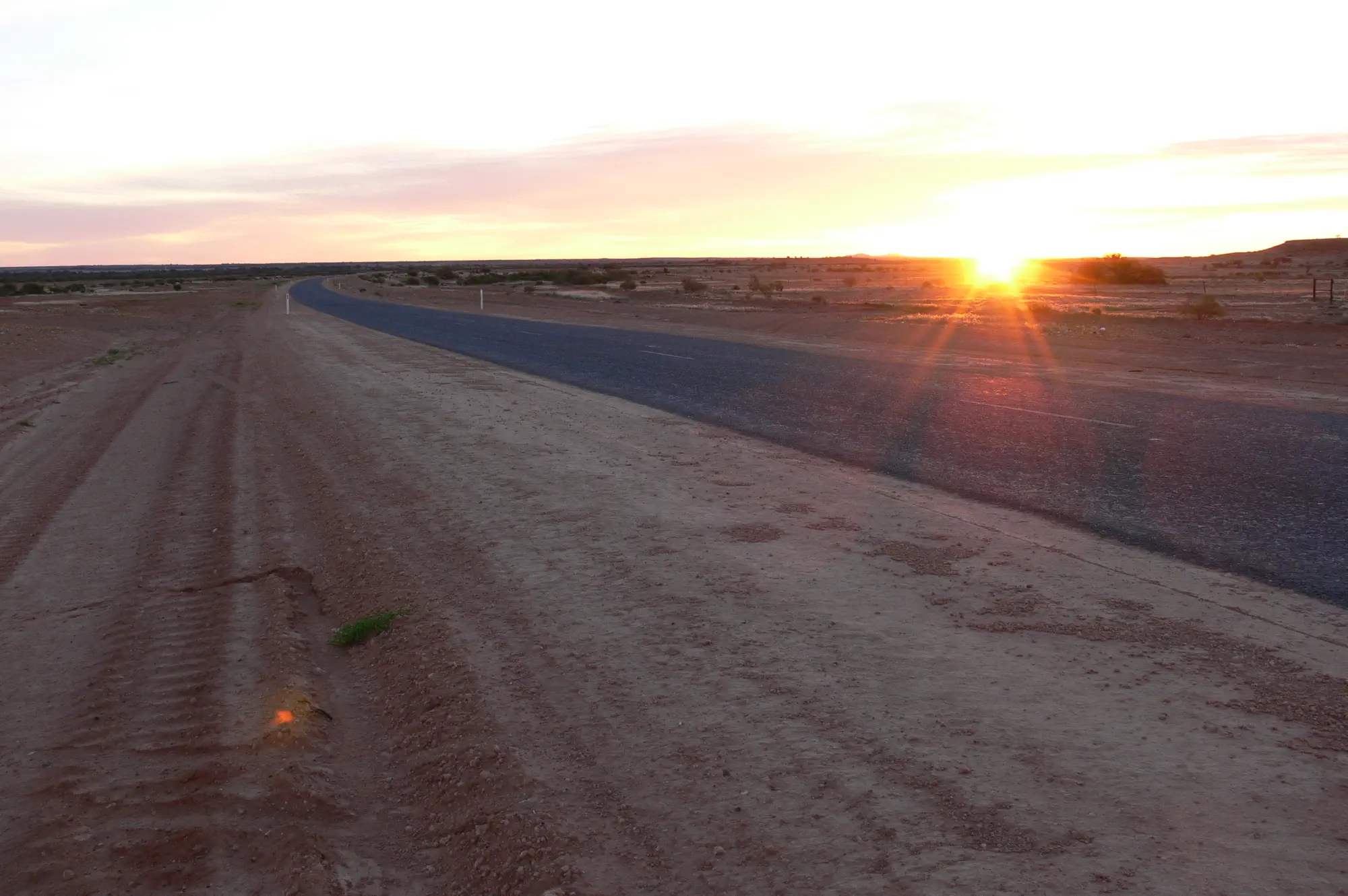I once did a back-of-the envelope calculation as to what it would take to build a completely off-grid 2 x 175 kW DCFC. You’d need about 1200 solar panels and two Tesla Megapacks, total cost around $3M. If you could sell that electricity at $1/kWh (not unreasonable in the middle of nowhere) you’d need 15-20 cars per day buying 50 kWh each just to break even in 10 years, let alone make a profit, assuming no financing or other operational costs (e.g. maintenance, land leases, backend costs etc). It’s doable with Government funding covering part of the capex, but a very tough gig.





